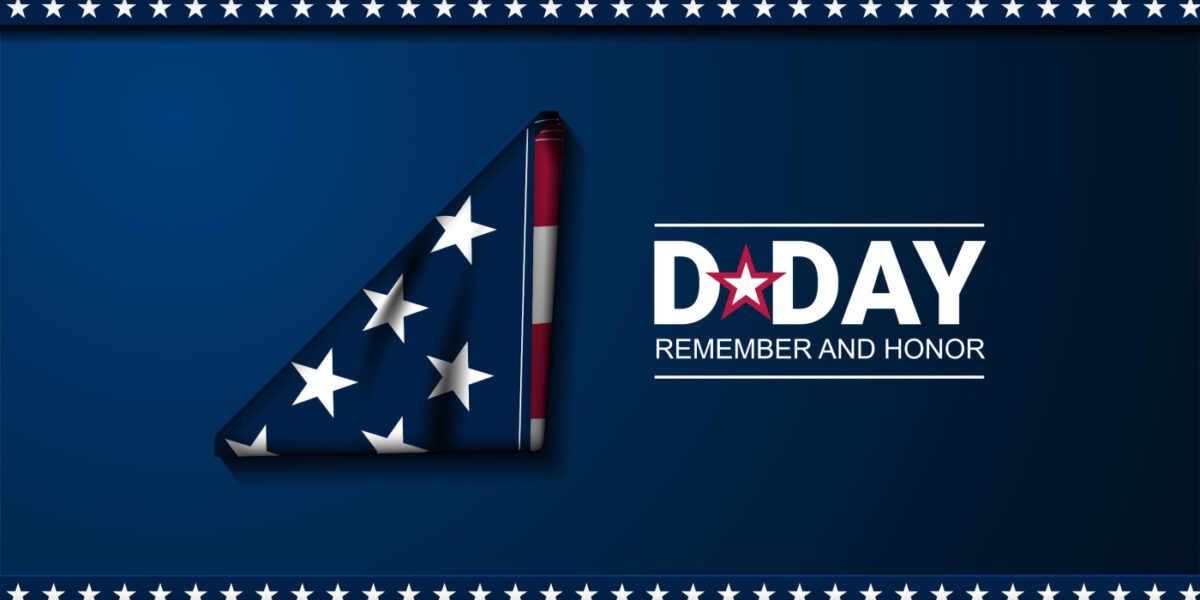When we’re talking automation projects, I’m not sure that there are two words that have bigger impact on the success of your project than Does and Can. There is an understanding – and balance – that really needs to be achieved when it comes to these terms.
Like almost everything in business, it all comes down to communication. So let me first layout what I mean when I say Does and Can when it comes to automated solutions.
DOES – the function is included (and ready) as part of at packaged solution product. For example, your car DOES have seats.
CAN – the function can be added to the solution. For example, your car CAN have heated and air-conditioned seats.
DOES and CAN may seem pretty similar. For an End User/Customer that just wants to know about a certain function – the terms sound almost interchangeable. But for a Solution Provider, CAN and DOES are very different – especially when it comes to calendars and costs.
So, let’s look at our terms again – from the perspective of the Solution Provider.
DOES – the function comes with the package. No additional time or investment is needed by the client to make that function work.
CAN – the function is not part of the package, but can be added to the delivered solution (think custom code development). In order to add the function, some level of effort and time will be involved to make that addition. It may be a little or a lot – but the key descriptor is addition. Time and effort equates to additional cost.
If you’re a client seeking a solution, using these terms interchangeably can result in a longer calendar and higher price than you anticipated.
If you’re a solution provider, you need to make sure that your client understands the difference between these terms. Because if your client isn’t clear on DOES vs. CAN, you are going to have a really unpleasant implementation experience – and, more importantly – a really unhappy customer.
There are some steps to take to ensure understanding of the DOES vs. CAN balance.
When You’re the Client
If you could build it yourself, you wouldn’t need to bring in a solution provider, right? They are the experts that you are relying on to help you to solve whatever problem you’re facing. But you still have a part to play. Your job is to ensure that the solution provider has a clear understanding of your problem and your needs. Taking these steps will help:
Clearly define the Job to Be Done or the Problem to Solve The more thoroughly you look at the overall issue that you are trying to address, the easier it will be for the solution provider to prepare an approach to your situation.
List the Must Haves This might seem obvious, but there are many areas that can get overlooked when you’re starting your solution search. Ask your IT department about security , make sure you understand environmental considerations and know what existing systems need to be involved. This will help you separate out what you require versus what functions that would be nice to have.
Sort by Priority List all of your preferences by priority. It will go a long way to making sure that your solution provider can construct an approach that, possibly over phases, can meet all of your preferences.
Convey Budget and Timeline Make sure that you not only know your budget and any timeline factors before you start your search – but that you also communicate these to your solution provider. Even if the solution provider can’t get everything you want in one implementation – they are usually able to create some type of phased approach to get you there in time.
When You’re the Solution Provider
When you’re the solution provider, you’re guiding your clients through the process to define a solution. If you are truly going to solve their problem, you need to Educate, Question and Listen. And then repeat that process – multiple times.
Educate This one is pretty obvious. To get the Answers you need to the Questions you ask, you’re going to need to help to educate them. This might also be a re-education process as their education by Google might have veered them off course.
Question Make sure that your client has thoroughly covered the problem, the requirements, the priorities and the budget and calendar. Ask as many questions of as many people impacted by the solution as you can.
Listen You need to really listen to responses. It may seem odd that I’m including the tips of Question and Listen. But it’s because we’ve frequently been asked to step in and clean up situations where a provider didn’t do those basic things.
When you get responses from the client, make sure you mirror them back so that you get confirmation that what you heard – was what they meant. Then convey what their response may mean for the solution. This is where some of those critical DOES vs. CAN conversations happen.
Again, I know it would seem like a no-brainer, but glossing over the basics of Educate, Question and Listen can create a nightmare of project.
The Challenge
The more both sides are in sync with the understanding and impact of DOES vs. CAN, the better the result will be. And the more heavily weighted the DOES side of the ratio is, the greater the odds that the solution will be delivered with less cost and risk.
As a software provider, HL Group has intentionally invested heavily in the latest version of our mobilePLUS inventory and asset solution. In it, we provide over 200 configurable options to aggressively address the DOES vs. CAN factors for our customers. We believe that this makes us stand apart from some of our competitors and contributes greatly to our success.
_______________
Wes Haubein is the President of HL Group, Inc., a premier provider of mobile asset inventory management, RFID and supply chain solutions. He writes regularly about management, solution integration and technology.




